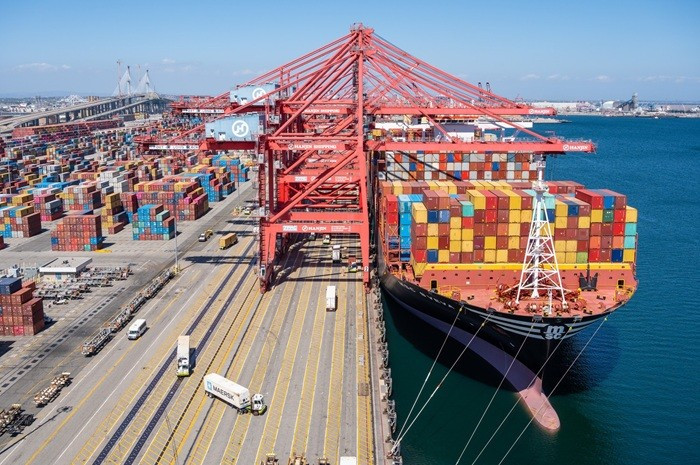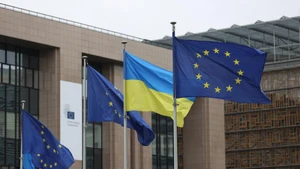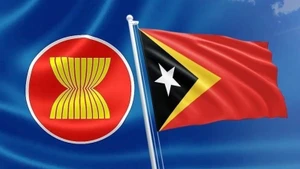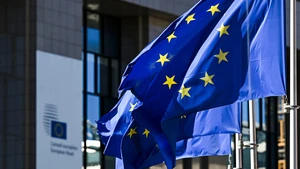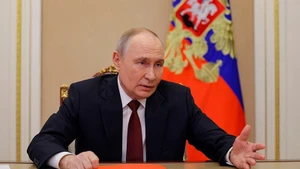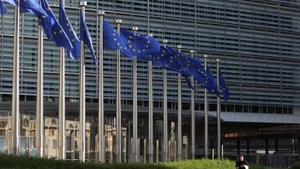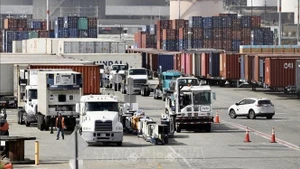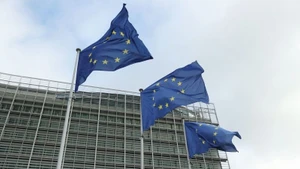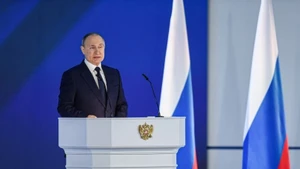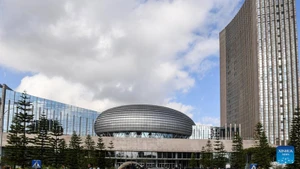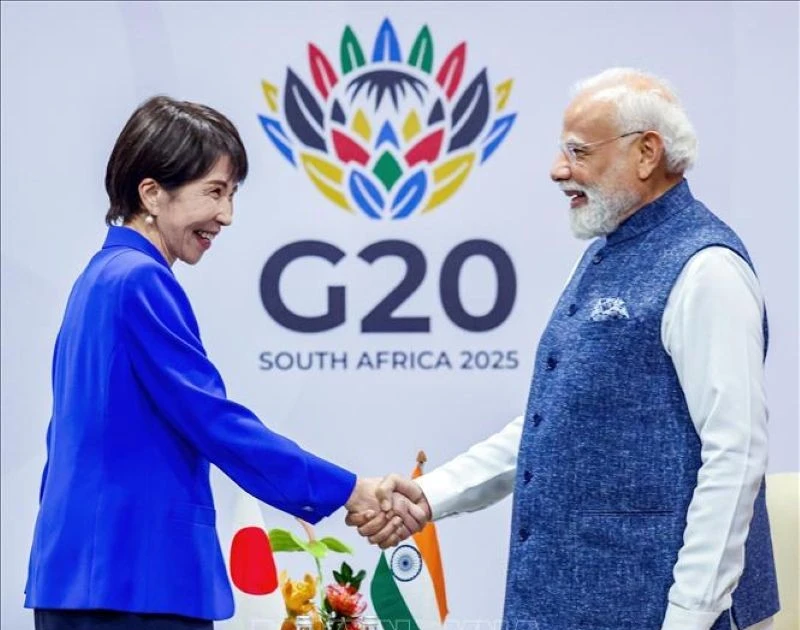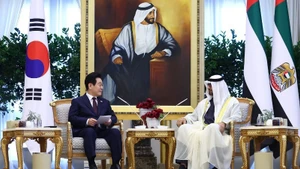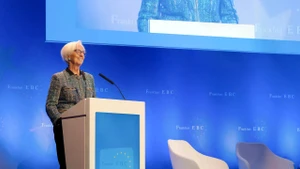In July 2025, citing India’s continued purchase of Russian oil, US President Donald Trump – who is striving to end the conflict in Ukraine – announced a 25% tariff on India’s exports. Only weeks later, New Delhi faced another unexpected development, when Washington declared an additional 25% duty on Indian imports, raising the tariff rate to 50% should the South Asian nation maintain its trade with Russia. This is considered one of the highest tariff levels that the US has ever applied to a trading partner.
The 50% tariff is regarded as a “heavy blow” to trade ties between India and the US. Its impact on India’s annual exports of around 80 billion USD to the US, accounting for over 17% of New Delhi’s export turnover, has drawn particular attention from experts.
The new tariff also places real pressure on New Delhi’s trade strategy, with forecasts suggesting it could further slow India’s GDP growth rate. Some even argue that Washington’s tariff measures could undermine India’s role in global value chains.
US–India relations grew tense after President Trump criticised New Delhi’s continued purchases of Russian oil, accusing the South Asian nation of “indirectly funding” the conflict in Ukraine. India, however, has insisted that its policy helps stabilise the energy market in line with the interests of its people, stressing that it will continue to import oil from Russia if it proves beneficial.
Amid the interplay of economic interests and national security, New Delhi continues to affirm its determination to pursue “strategic autonomy” and maintain a balance in relations with major powers. In this equation, ties with Russia are considered a variable that significantly influences India’s relations with other key partners. Moscow, for its part, has reiterated its wish to further expand cooperation with New Delhi.
China has voiced support for India over the US’s tariff measures, agreeing with New Delhi to reopen long-disrupted border trade routes, signalling a “cautious thaw” in bilateral ties.
India’s crucial role and position in today’s global supply chains have provided New Delhi with considerable leverage in its strategic calculations to navigate the “headwinds” of international geopolitics.
In reality, despite tensions, the India–US relationship remains anchored by a host of common interests. Washington is aware that pushing New Delhi “too far” could draw the South Asian nation closer to the US’s rivals, potentially undermining its Indo-Pacific strategy. Meanwhile, for India, mismanaging the delicate balance in relations with major powers could result in isolation or economic losses.
Facing an external tariff shock, India has swiftly “rolled up its sleeves” to boost competitiveness. A number of reforms have been implemented to stimulate domestic consumption and safeguard the economy. To reduce its reliance on the US market, New Delhi is striving to diversify export destinations across Europe, Latin America, Africa, Southeast Asia, and Australia.
The Indian Ministry of Commerce pledged India would not bow to Washington’s 50% tariff and would strive to conquer new markets. However, according to experts, though New Delhi may refuse to yield to the US’s demands, the value of India–US relations is beyond dispute. India’s need for the US market and Washington’s interest in bilateral ties are expected to drive negotiations.
Resolving the trade tensions depends on the ability of both nations to balance economic imperatives with geopolitical priorities. India and the US may yet find common ground – but the path will not be an easy one, given the multitude of stakeholders involved.
